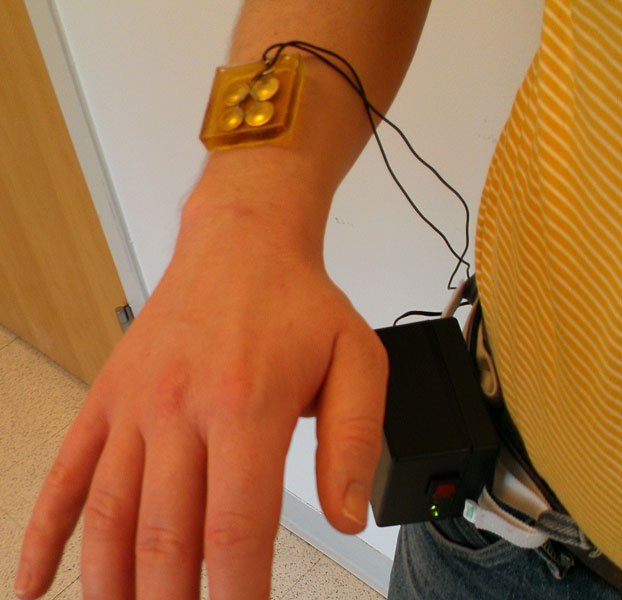A POWERFUL BUT SAFE DEBONDING FORCE!
I was reading in the USA Today news web site that six airline flights landing at airports in the San Francisco Bay Area were struck by lightning within an hour's time on Monday afternoon, March 31. It reported that Federal Aviation Administration spokesman Ian Gregor had stated that five flights reported being struck by lightning near San Francisco International Airport between noon and 1 p.m. local time on Monday afternoon.
In addition, a flight operated by Alaska Airlines affiliate Horizon Air was also struck by lightning as it approached Oakland International around 1 p.m. local time. No one was hurt in any of the incidents and none of the planes' pilots reported damage. A United and Emirates plane also reported being struck by lightning.
Gregor tells the Los Angeles Times that FAA certification regulations require planes to be able to withstand "any likely lightning strike" and continue to fly safely and land.
Lighting is indeed a very powerful and dangerous force, did you know for example that an average bolt of negative lightning carries an electric current of 30,000 amperes (30 kA), and transfers 15 coulombs of electric charge and 500 megajoules of energy. Large bolts of lightning can carry up to 120 kA and 350 coulombs.
Another very powerful force which thankfully is totally safe is used to de-bond particulate in the Primasonics range of Acoustic Cleaners (Sonic Horns). These sonic sound waves travel at an amazing 344 m/1130 feet per second through air and in a radius of 360 degrees. The Primasonics Range of Acoustic Cleaners have operating frequencies from 420 Hz down to 60 Hz and they prevent particulate and dry material build up in a very wide range of plant applications, ranging from silos to baghouse filters and boilers to SCRs. The sonic sound waves make the dry material oscillate and de-bond both from other particles and the vessel walls without causing and damage to the vessel whether constructed from metal or concrete.
Below is a typical acoustic cleaner installation showing a Model PAS-60 on top of a 30,000 tonne cement silo which prevented side wall build up and ratholing.
Labels: Acoustic Cleaners, cement silo cleaning, dry material build up, Ian Gregor, lightning strikes airplane, Primasonics International, Safe Debonding Force, San Francisco Airport, six flights struck by lightning
.jpg&container=blogger&gadget=a&rewriteMime=image%2F*)
.tif)
.jpg)
.jpg)



